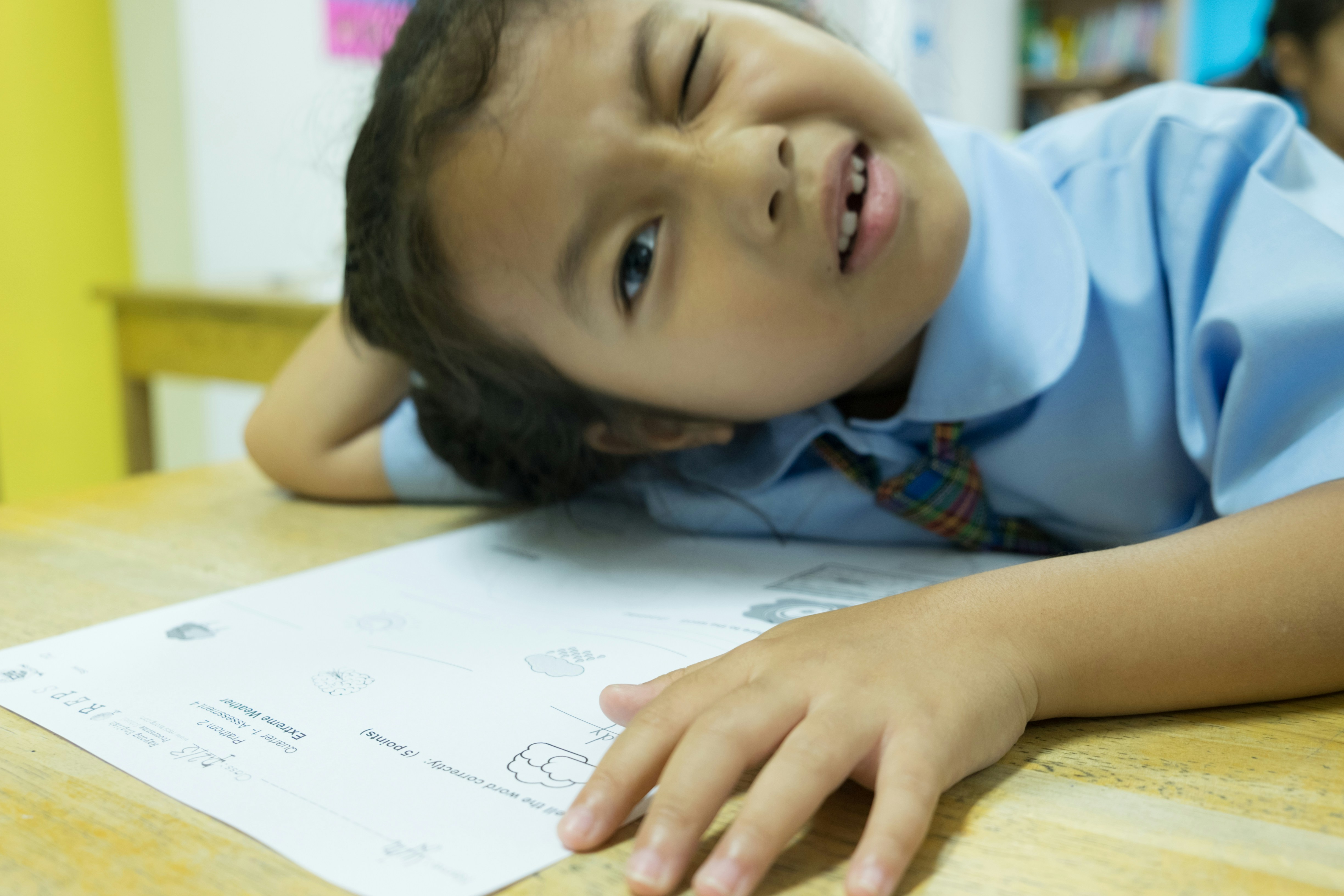In today’s world, screens are a big part of our kids’ lives. They use apps and social media a lot. But, do we really know how much screen time is okay?

We need to understand how screens affect our kids’ health. This article will look at the good and bad sides of screen time. We’ll also talk about how to keep a good balance between tech and family time.
Understanding Screen Time in the Digital Age
In today’s world, digital devices are a big part of our lives. It’s important to know about app usage, online habits, and smartphone overuse. This helps us understand how we use technology.
The Evolution of Digital Device Usage
Digital technology has changed how we interact with the world. From computers in the 1980s to smartphones in the 2000s, devices have shaped our online habits and app usage.
Current Screen Time Trends Among Children
Now, digital devices are everywhere, and it worries parents. Studies show kids spend more time on screens. This can hurt their physical and social skills.
Different Types of Screen Activities
- Educational apps and online learning platforms
- Streaming video content and gaming
- Social media and messaging platforms
- General web browsing and information-seeking
It’s key to know the different screen activities kids do. This helps us find ways to keep them safe online.

| Activity | Average Daily Time Spent |
|---|---|
| Educational apps and online learning | 1 hour |
| Streaming video and gaming | 2 hours |
| Social media and messaging | 1.5 hours |
| General web browsing | 1 hour |
Knowing about screen time history, trends, and activities helps parents. It helps them find a good balance for their kids’ digital and real-life needs.
Physical Health Impacts of Excessive Device Use
Our kids spend a lot of time on digital devices. This can hurt their health in many ways. It can cause eye problems, posture issues, and sleep troubles.
Looking at screens can hurt our kids’ eyes. The blue light from screens can cause headaches and blurry vision. It can even make their eyes grow too long. The blue light from screens can keep them awake. We should make bedtime screen-free and help them sleep better.
Knowing how devices affect our kids’ health helps us keep them safe. We can limit screen time and encourage physical activity. “The human body is not designed to sit in front of a screen all day. It’s important to find a healthy balance between screen time and physical activity.”
Setting Healthy Digital Boundaries at Home
The digital world is everywhere in our lives. Families need to set healthy tech limits. This helps keep a good balance and strengthens family bonds. Here are some ways to do it.
Creating Tech-Free Zones
Make some areas in your home tech-free. Like the dining room, bedrooms, or a family space. These places should have no devices. It helps everyone talk face-to-face and feel connected.
Establishing Daily Device Routines
Make a plan for when devices are off-limits. For example, no phones at meals or before bed. This keeps a good tech-life balance and lets families spend quality time together.
Family Technology Agreements
Work together to make tech rules for your family. These rules can cover things like how much screen time is okay, how to be safe online, and how to take care of your devices. When everyone shares their ideas, it helps everyone stay safe and be responsible with technology.
Setting limits on screen time is a smart way to keep things balanced. In our family, we have one hour of screen time each day. By having tech-free zones and clear routines, your family can use technology in a fun and healthy way!
Alternative Activities to Reduce Device Dependency
In today’s world, kids can easily get too much screen time. But, there are many fun, screen-free things they can do. These help them have a better digital detox and improve their focus management.
Embrace Outdoor Play
Get your kids outside more. They can ride bikes, go hiking, or play at the park. Being outside is good for their health, boosts their creativity, and helps them connect with nature.
Cultivate Creative Hobbies
Help your kids find their creative side. Try drawing, painting, sculpting, or playing a musical instrument. These activities improve their skills, problem-solving, and self-expression.
Encourage Cooperative Games
Play board games, card games, and other team activities together. They help kids interact face-to-face and strengthen family ties. These games also improve social skills, thinking, and fun.
Read and Explore Books
Make reading a special time for your kids. It can spark their imagination, grow their vocabulary, and make them love learning.
By adding these activities to your family’s life, you help kids find a better balance. This supports their digital detox and focus management.
Tools and Apps for Managing Digital Wellbeing
In today’s world, parents have many tools and apps to help with digital wellbeing. Parental controls let families set time limits and filter content. They can also block certain apps or websites.
Platforms like Apple’s Screen Time and Google’s Family Link offer great features. They help monitor and customize device use.
There are also apps to track screen time. Moment, Space, and Screen Time Insights give detailed reports. This helps parents make smart choices about their kids’ tech use.
These tools help families create a balanced tech environment. By using them, parents can teach their kids healthy digital habits. This way, kids can enjoy technology in a good way.




